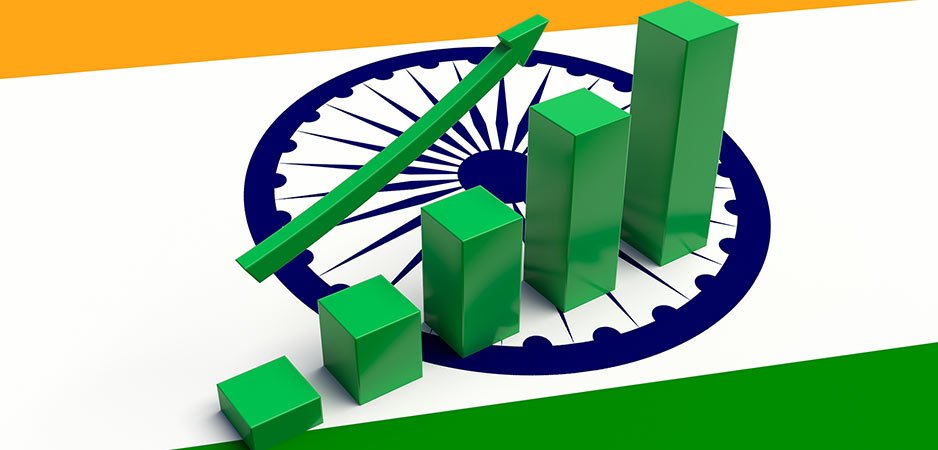Indian Economy Shifts: The Reserve Bank of India, the nation’s central banking authority, diligently assesses an array of critical economic indicators as part of its comprehensive evaluation process before arriving at its pivotal interest rate determination. In this regard, let’s delve into the intriguing dynamics of certain key data points and their discernible shifts since the preceding gathering of the Monetary Policy Committee, shedding light on the evolving economic landscape and providing valuable insights into the potential course of action.
Indian Economy
Today, August 8, the Monetary Policy Committee (MPC) of the Reserve Bank of India (RBI) began a three-day meeting. On August 10, at 10 a.m., the committee’s conclusion is expected to be made public. The committee is led by Governor Shaktikanta Das. For the third consecutive meeting, the MPC is poised to maintain the policy repo rate at 6.5 percent. Despite the possibility that headline retail inflation in July soared above the top bound of its 2–6 percent tolerance band. As per the data that will be made public on August 14.
Although the MPC’s aim is expressed in terms of Consumer Price Index (CPI) inflation. The committee’s members consider a variety of variables when determining interest rates. Let’s examine closely how key economic indicators have changed after the MPC meeting on June 6–8. Although not all-inclusive, this collection of indicators is obviously important for illustrating the state of the Indian economy.
Indian Economy Inflation
The RBI’s 2-6 percent tolerance limit was reached in the first half of 2023. Thanks to a favorable base effect. But CPI inflation is expected to deteriorate in the next months, notably in July.
Just days after the MPC publishes its interest rate decision, statistics for July will be made available. According to economists, headline retail inflation will increase to 6.5 percent and beyond in July. As a result, even though it is anticipated that the committee will keep the policy rate at 6.5 percent on August 10. So we know, things won’t be easy.
Duncan Tan, a rates analyst at DBS Bank, stated in a note on August 8 that “we expect an acknowledgment of the heightened food inflation risks in the current quarter, which MPC would explain as weather-related and probably temporary.”
The official projection for headline CPI inflation for the current quarter is 5.2 percent. And we calculate 80-100 basis points of upside risks. As a result, the CPI prediction for both the forward trajectory and the entire fiscal year may be revised, Tan added.

Inside the engine
Even while the RBI’s goal is expressed in terms of the headline inflation rate, it’s crucial to dig deeper and look at the underlying trends, which are mixed. Headline inflation is anticipated to increase in July due to a significant increase in food costs, particularly tomatoes. The early warning signs were actually already apparent in June when the CPI food inflation rate rose to 4.49 percent from 2.96 percent.
According to Nikhil Gupta and Tanisha Ladha of Motilal Oswal Financial Services, “a wider sample of vegetables, with a total weight of 4.4 percent (doubling that of tomato, onion, and potato, and accounting for more than two-thirds of all vegetables in CPI). Suggests that the price index of all vegetables may have increased by 50 percent year-over-year (and roughly 50 percent month-over-month) in July.” Core inflation, which is defined as inflation excluding food and fuel, has also drastically decreased to a little over 5%. A decline in core inflation amid brief spikes in food prices. Which are viewed as a sign of underlying demand, might assuage the MPC’s worries.
Going back to side issues, the price of crude oil is rising globally. The price of India’s crude oil basket has increased from less than $75 per barrel in May. In June to over $86 per barrel so far in August. Despite the country buying a lot of oil at a bargain from Russia. It is important to note that the RBI’s predictions for inflation make the crude oil basket for India’s economy cost $85 a barrel.
External harmony
Interest rates have been climbing around the world, despite the RBI not altering the policy rate in nearly six months. This lessens the interest rate differential—the difference between India’s interest rates and those across the world. Consider the US, which raised its federal funds rate goal range to 5.25-5.5 percent in July. It is the highest level in more than 20 years. As a result, the difference between the US and India’s policy rates has decreased to just over 100 bps.
Even if a narrowing of the interest rate disparity could have a negative impact on India’s capital inflows and the external balance, it would make matters worse at a time when export performance is deteriorating.
Indian Economy Growth
India’s policymakers continue to be quite upbeat about the future of domestic development despite worries about inflation and declining external demand.
The inflated GDP growth estimate for January through March of 6.1% compelled experts to reevaluate their growth projection for 2023–2024. They are still below the 6.5 percent prediction made by the government and the RBI, but the gap has shrunk. Economists are skeptical of the continuous growth rebound. Despite the fact that the GDP growth for April to June is projected to increase even further to 8% due to the remnants of a positive base effect.










Be First to Comment